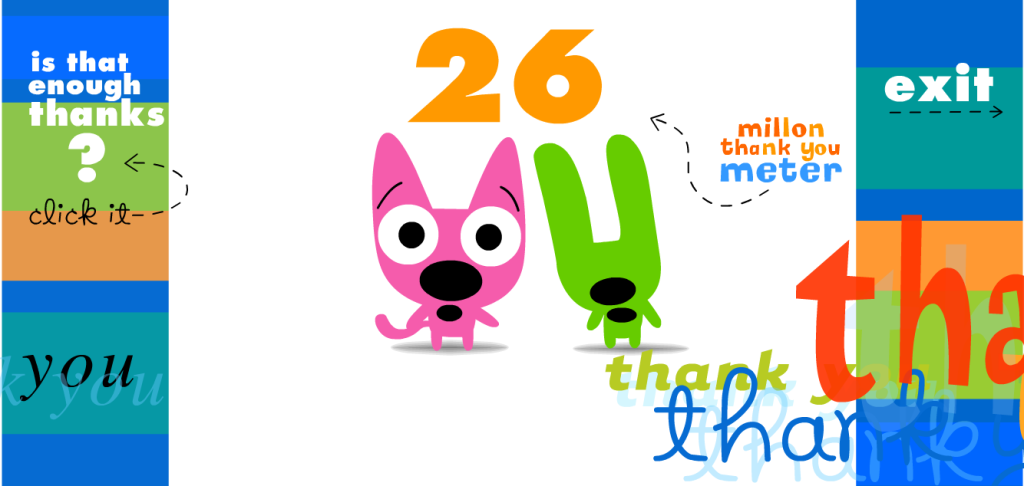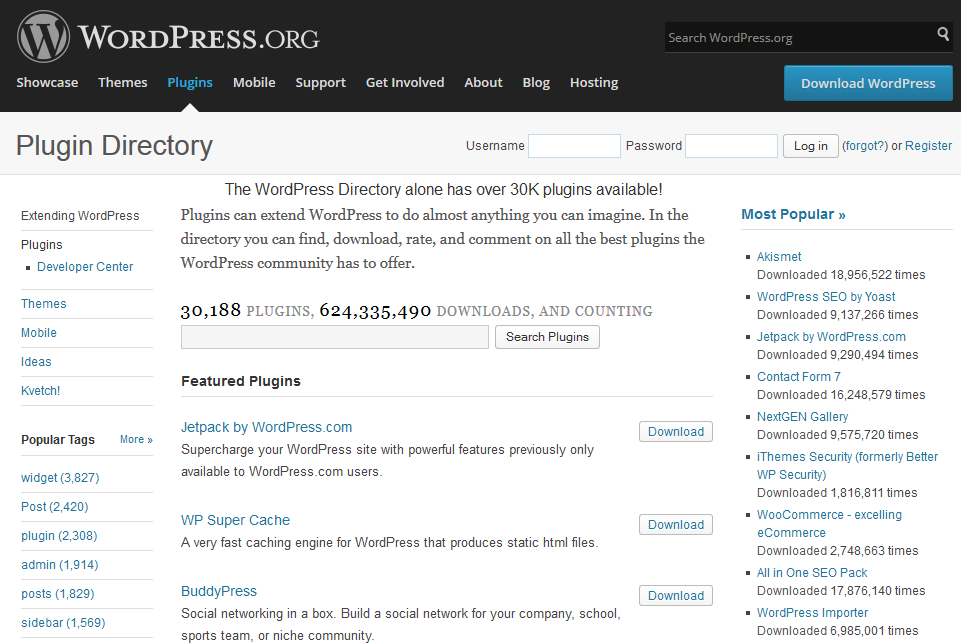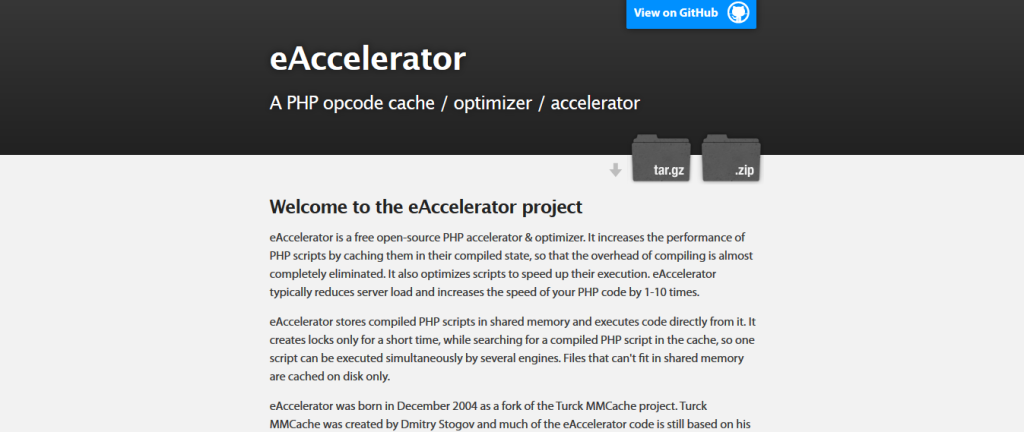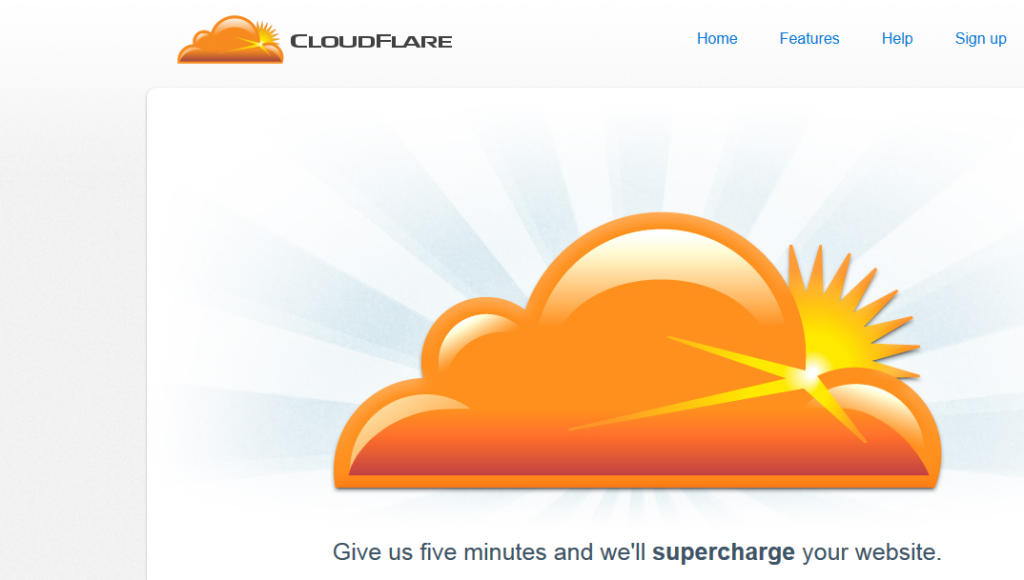11 Ways to Speed up Your Website
You are losing customers and SEO juice on a regular basis. This is true unless you’ve optimized your site so that it works as fast as it possibly can. I’ve written about this in the past but it’s worth revisiting this today because the technology has changed in the past few years. Not to mention that there is infinitely more competition now than even just two years ago so your site needs every advantage that it can get.
For those of you new to the world of SEO and Internet marketing, there are two excellent reasons that you need to make your website work as quickly as it possibly can. First and foremost, there’s a question of SEO. Google’s bots will not stay on your site if it loads slowly. They’ll simply move on and not bother indexing you. Or at best, they’ll come back later and flag your site as a slow loader.
In addition, you are likely to lose customers if your site doesn’t load quickly and efficiently. The fact is that with so much competition out there today, your customers have 20 different choices of where to get similar products or materials and if you keep them waiting, even for just an extra 5-10 seconds, they’re likely to look elsewhere.
So, here are eleven modern ways to ensure that your website loads quickly and gets you the maximum SEO and customer appreciation:
Flash
This is getting to be less and less of a problem as more and more websites have phased out their use of Flash and in fact, Adobe is no longer pushing it as HTML5 has started to take over the web. However, that having been said, if your site does use any Flash, be sure to use it sparingly as these things do tend to increase the load time for websites.

Here’s a great example of a flash site in overdrive. Check it out here.
As a side note, the old flash only websites of a few years back were always a bad idea because they got zero SEO juice since they were not capable of being read by the search spiders. In addition, there was the issue that cutesy animations quickly grew annoying for people to sit through. Fortunately, this is an all but dead phenomenon so it’s no longer the issue it once was.
Use a Good Back End
There was once a time when you would have wanted to use a custom built back end for your website (i.e. the system that actually delivers your content, also known as a CMS or Content Management System). These days however, it makes much more sense to just use something off the shelf (that is, unless you have a site like Amazon.com, in which case you likely do need to use a custom system).
The best and easiest choice for this is, in my humble opinion, WordPress. While you can certainly get an expert to help you run a site with WordPress, the nice thing about it is that the back end is simple enough for you to do the management of the whole website yourself. No need to hire anyone to take care of it unless you don’t have the time to do so.
In addition, WordPress has an endless array of plugins and add-ons which can be used to extend it for almost any kind of website imaginable. This makes it an ideal option for all of your content management needs regardless of what you are doing.
That said, if you do want other options, Drupal is also quite robust and is less blog oriented than WordPress is (though as I said, WordPress can be configured for lots of other kinds of systems).
The catch with both of these is to limit your use of plugins and add-ons though as that can easily make your site take longer to load. Speaking of which:
Limit the Plugins and Add-Ons
There are tens and possibly hundreds of thousands of different plugins available for WordPress and Drupal. They both have extremely robust ecosystems. That having been said, these things do add to the load time of your website and so they should be kept to a minimum as much as possible.
Mind you, that’s not to say that you have to choose to do without lots of cool features. Many WordPress themes for example include a great many add-on features built right into the theme, minimizing your need to use lots of extra plugins. The nice thing is that if the theme is well coded then it will not take nearly as long to load up your website as it otherwise would have.

Drupal similarly has plenty of great themes with built in features. Again, this is all a matter of how the theme is programmed. The best of them will include extra features while making your site load just as fast as it would have with fewer features.
That having been said, there’s nothing wrong with a handful of plugins and add-ons. For example, I cannot imagine effectively managing a blog without having a spam filter for the comments (I like Akismet personally but there are free options available as well).
Get a Good Web Host
I have bad news for everyone who has one of those so called unlimited service packages from the major web hosting companies. They’re not unlimited and they may actually hold back your business. The fact is that nobody could possibly offer a true unmetered web site. I mean if they could, you could literally create a site the size of Amazon.com then pay ten bucks a month to host the thing.
In reality, when your site starts to get too big or pull too much traffic, your host will shut it down and tell you to upgrade to either a virtual private server or a dedicated server. When you do that, you find out that you actually pay a set fee for storage and bandwidth. The difference of course is that these dedicated servers of VPS arrangements are designed for real businesses, not the average joe with dreams of making it big online.
So why does this matter to you though? What if you’re just starting out and you don’t yet need to have a ton of bandwidth or storage for your website? Maybe you can get away with one of those shared “unlimited” packages. Well, yes and no. To understand why this may be an issue, you need to understand how these things work.
In order to offer you an “unlimited” package, web hosts will cram as many websites as they are able to cram into a single server (ultimately, every website simply exists on a physical hard drive inside of a computer somewhere on the planet). This means that there may be hundreds or even thousands of sites on the same server that your site is on.
Most of the time, this doesn’t matter because most sites get very little traffic. However, the more sites there are on that single computer, the slower it’s going to be about serving up your website to your customers. Effectively this means that those unlimited deals are not so great after all because they could cost you money in the form of lost customers and or SEO.
Instead, look for a web host which guarantees that they put a specific limit on the number of sites that a given server actually has on it. This will help you to ensure that your website loads smoothly, even from the proverbial shared server. Hint: this means looking at some of the smaller guys, who specialize in providing boutique service to clients who understand the difference between a junky server and a real web server.
Don’t Have Too Many Sites Making DNS Lookups
If you’ve ever seen some websites which have lots and lots of advertising (a prime example of this is the Jerusalem Post from Israel – the site is ridiculously saturated with ads), you’ll notice that the site is endlessly loading up. That’s in part because the sites are dependent on lots of other websites to pull content from. However, it’s also because of numerous DNS lookups.

DNS (Domain Name Server) is the system used to translate pretty web addresses (i.e. quantumseolabs.com) into the IP addresses that the Internet actually uses when it is looking up a website. The problem is that every time a website needs to find a new IP number, it needs to take the time to go and look it up. This slows down the whole system and makes your load time take that much longer.
Of course, it’s not just about advertising. Embedded videos from YouTube and third party image hosts can also slow down your site even if you don’t have a ton of ads (which by the way is a huge turn off to most visitors to your site). So try your best to keep the extras to a minimum while still keeping your site going strong.
Get a Great PHP Accelator
The fact is that this is kind of an obscure thing but important. Most web hosts include a PHP accelerator with their websites as a matter of course. However, there are some that don’t and that’s important to know about. Since most popular websites make use of the PHO programming language, you want to ensure that you have an accelerator to make things run as quickly as possible.
By the way, in case you weren’t aware, WordPress and Drupal are both written using PHP and as such it’s important to have this kind of feature built into any website you have built using those platforms. The best way to make sure is to check with your web host and or the webmaster of your site to make sure that this is in place.

If your site uses a different system (Java for example), you can safely ignore this since there is no such thing as a Java accelerator.
Watch Out for Broken Links
You may think that broken links are merely an annoyance as opposed to something that can slow down your website’s loading time. However, that’s not the case. Every time the browser (or the web spider) loads a page, it also does something called an HTTP request to find out about any links on the page. This can slow things down tremendously if there are too many links regardless.
However, even when there aren’t that many links, the broken links are simply a waste of time which you can ill afford if you are determined to keep your customers happy and to please the Google gods. In addition, broken links indicate to the Google spider that your site is not being maintained and tell your customers that you are unprofessional.
It’s easy enough to use a broken link checker on your site and to go in and manually fix any problems that arise from this so be sure to do so from time to time.
Cut the Size of Your Images
If you ever visit a site like PhotoExpress to get images for your website (many of the images there are free but you need to find them using a different service such as EveryStockPhoto), you’ll find that the images that you download tend to be massive. That’s because they need to be able to accommodate any kind of usage, including being used for high quality magazines and brochures.
However, the fact remains that you don’t need such a massive image on your website. In fact, very often, when you do load such a big image, the site’s backend (i.e. WordPress or Drupal) will lower the total size of the image that’s displayed. However, what it won’t do is lower the overall resolution. In essence, it just puts up a really high quality version of the picture which can be clicked for a full size render.
The problem of course is that those huge images tend to take forever to load up and can make your website seem to drag on forever in its load time. I personally like to use Snagit Editor to quickly load an image and resize it before I put it on the web. However, you can use virtually any photo editing product, even Windows Paint to do something similar so that you don’t waste valuable bandwidth needlessly loading a massive image.
Use a CDN
I’ve mentioned this in the past and it’s still very worthwhile to mention it again. There are a number of Content Delivery Networks available for your website. In some cases, they may even be included for free with your web hosting package. In all cases, you want to ensure that you use one because they will improve the load time of your site dramatically.
The way these services work is that they keep a copy of your website cached on local servers throughout the world. This allows your customers to get the content faster than if it had to bounce all over the Internet from the one server that your site is originally located on. After all, distance does still make a difference.

The one I like to use is CloudFlare. It’s included for free with my web hosting service. However, there are any number of other similar services which can do the job for you as well as they can.
Have a Mobile Ready Version of Your Site
This probably won’t have any effect on your SEO however, if you don’t have a mobile ready version of your website, you may lose some customers. The reason is simple – while most modern mobile browsers are perfectly capable of loading the full version of a website, regardless of what the size is, it will not be optimized for reading on the small screen and it will load that much slower over a slow cellular network.
Thus it’s worth your while to ensure that the theme you use has a mobile option built into it or alternatively that you use a plugin which includes a mobile ready version. One word of caution though: if you use a mobile ready WordPress theme, check whether or not it includes your advertising. Often, they will simply strip away any advertising and that’s not good if you rely on advertising for revenue. The ideal mobile option will include an option to get mobile ready ads inserted into the site.
Don’t Overdo It with Sharing
Finally, while it’s very important to include social media buttons, it’s also possible to get too carried away and cause your site to slow down as a result. The fact is that there are now tens of thousands of different social media networks out there but there are no more than a handful of them which you seriously need to have sharing buttons for.

If in doubt, just go with the big four – Facebook, Twitter, Google + and LinkedIn. There are of course others worth noting such as Delicious and Stumble Upon but again, the more of these icons you add in, the slower your website will ultimately load, costing you both customers and SEO juice.


